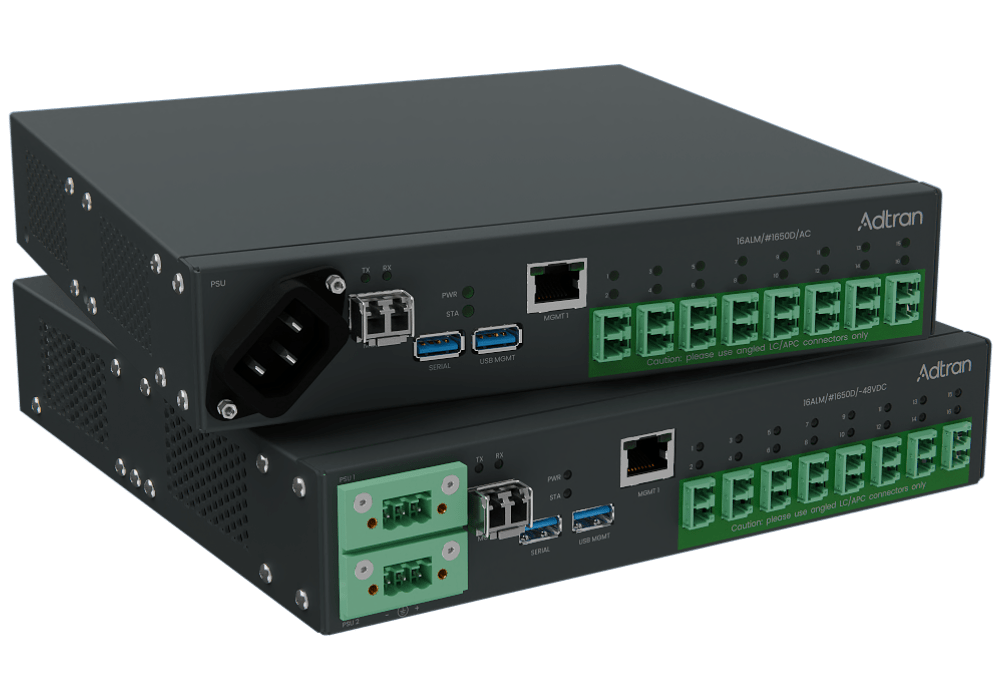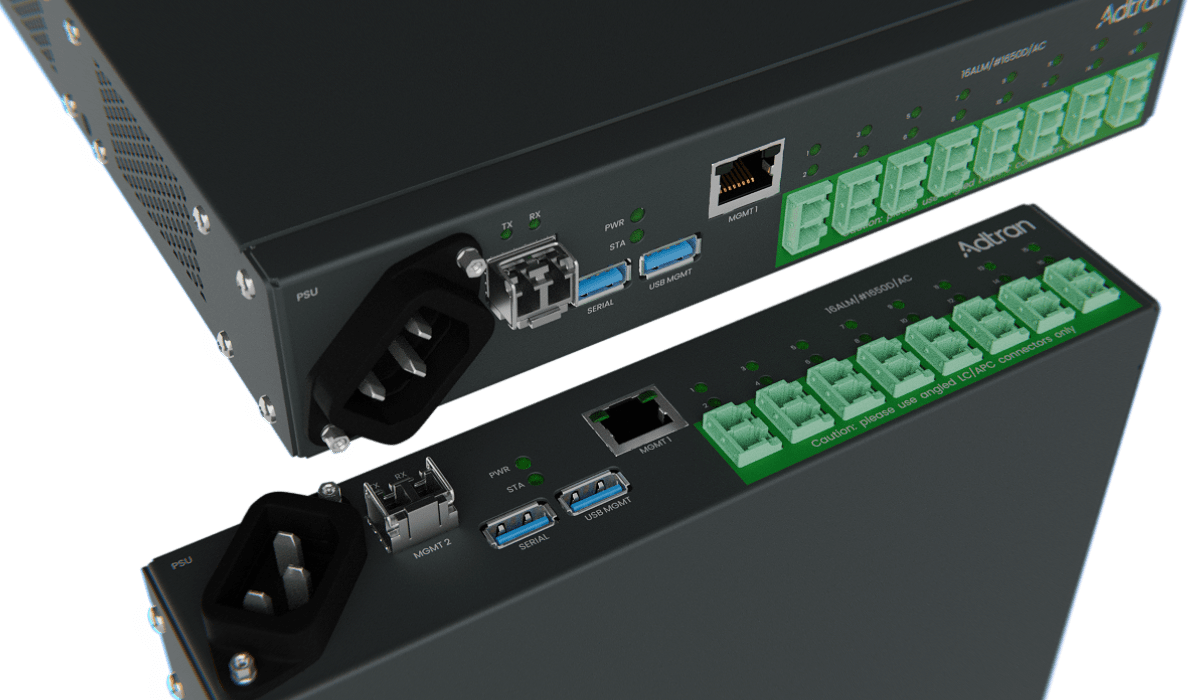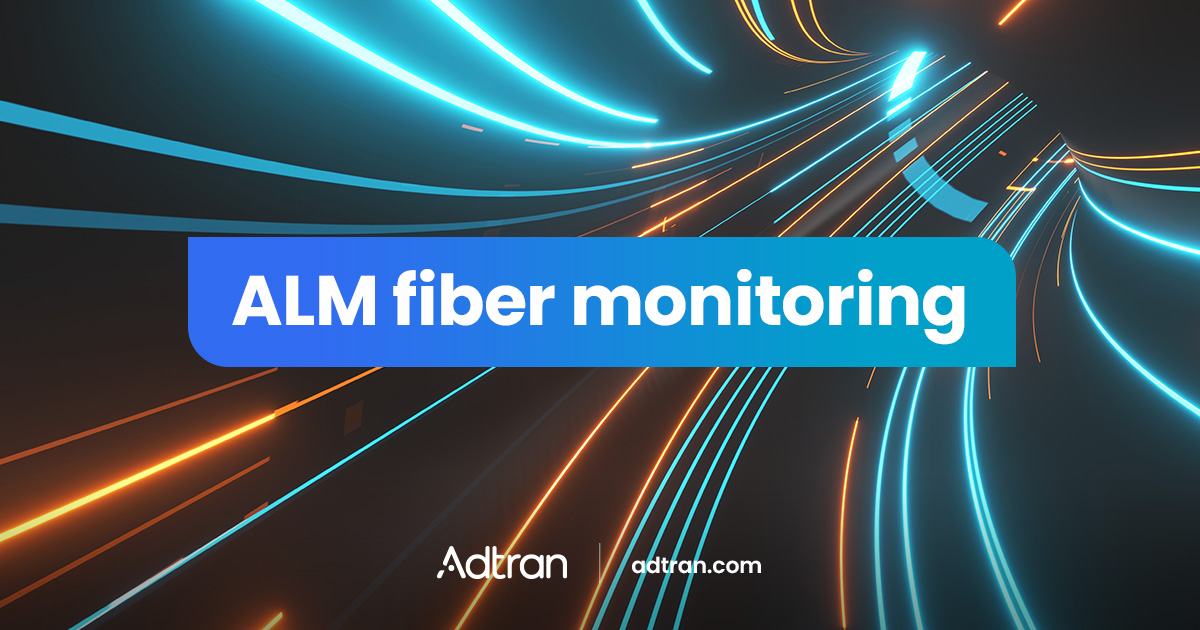What is fiber monitoring?
Keeping fiber networks healthy
Fiber optic networks form the backbone of modern broadband infrastructure. But while fiber cables are robust, they’re not immune to damage. Over time, wear and tear, accidental digs, poor splices or microbends can all impact performance. These faults can be hard to detect, often only becoming clear when service quality drops or customers complain. Even when there’s a clear issue, such as a cut in service, identifying the root of the problem can be challenging. That’s why proactive in-service monitoring is essential. It enables network operators, communication service and dark fiber providers to detect issues early and take immediate, targeted action to address the problem. This leads to cost savings, minimizes downtime and enhances service quality.
Why is continuous fiber monitoring essential?
Without real-time visibility, faults can go unnoticed until services fail or take a long time to identify and resolve, leading to unhappy customers and rising opex.

In-service fiber monitoring helps operators and dark fiber providers catch hidden issues early, before they disrupt service or escalate into major repairs.
Transparent and non-intrusive monitoring
In-service fiber monitoring uses an out-of-band signal to detect fiber issues early without disrupting live traffic.

How does fiber monitoring work?
Fiber monitoring uses optical time-domain reflectometry (OTDR) and other diagnostic techniques to evaluate the condition of fiber infrastructure. It works by sending light pulses into lit or dark fiber strands and analyzing the reflected signals to identify anomalies. Changes in reflection or signal attenuation help identify issues such as microbends, macrobends, breaks, bad splices or dirty connectors. Modern systems can detect faults with meter-level precision and track signal trends over time to flag gradual degradation before it affects service. This approach works across long-haul transport links, metro rings and dense access networks, including passive optical networks (PONs).
Meet strict service level agreements with ALM
ALM is a key tool for preventing fiber failures and reducing repair times, allowing service providers to meet stringent SLAs.

Proactive, end-to-end fiber assurance
Adtran’s ALM is a proactive, in-service fiber monitoring solution that operates without disrupting network traffic. It provides continuous visibility across any type of fiber infrastructure, detecting issues with high precision and granularity. What’s more, with its deep PON assurance technology, ALM extends monitoring into the access network, even beyond splitters and without the need for reflectors. ALM supports a wide range of use cases, including demarcation between mobile operators and wholesale fiber providers, helping both parties pinpoint faults and meet SLAs. It also enhances security by detecting fiber tapping attempts and offers critical visibility in DWDM and dark fiber environments. This compact, low-power solution delivers real-time alerts, exact fault location data and long-term performance insights to support proactive maintenance. That means faster repairs, fewer outages, reduced costs and greater data security across the entire network.
Related resources
 ;
;

